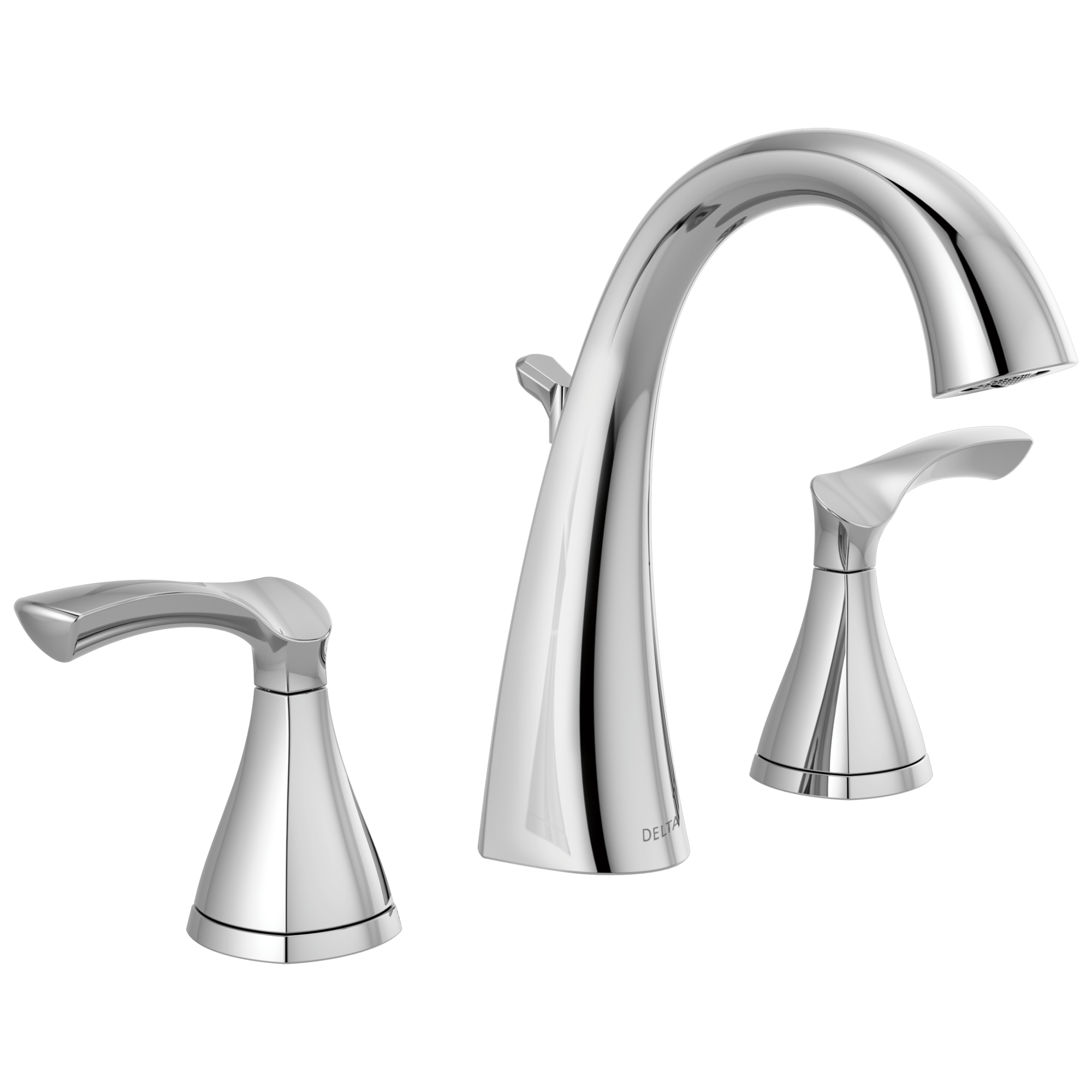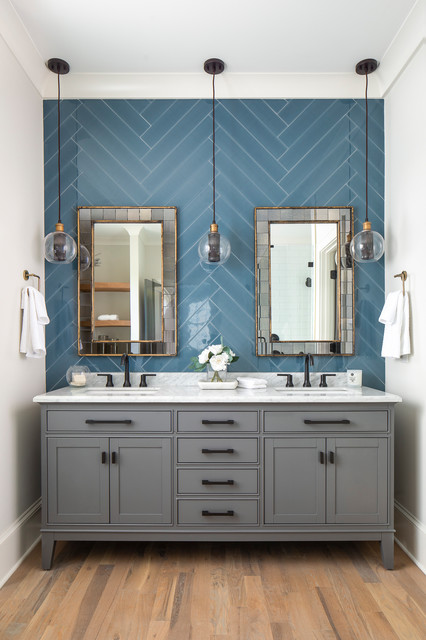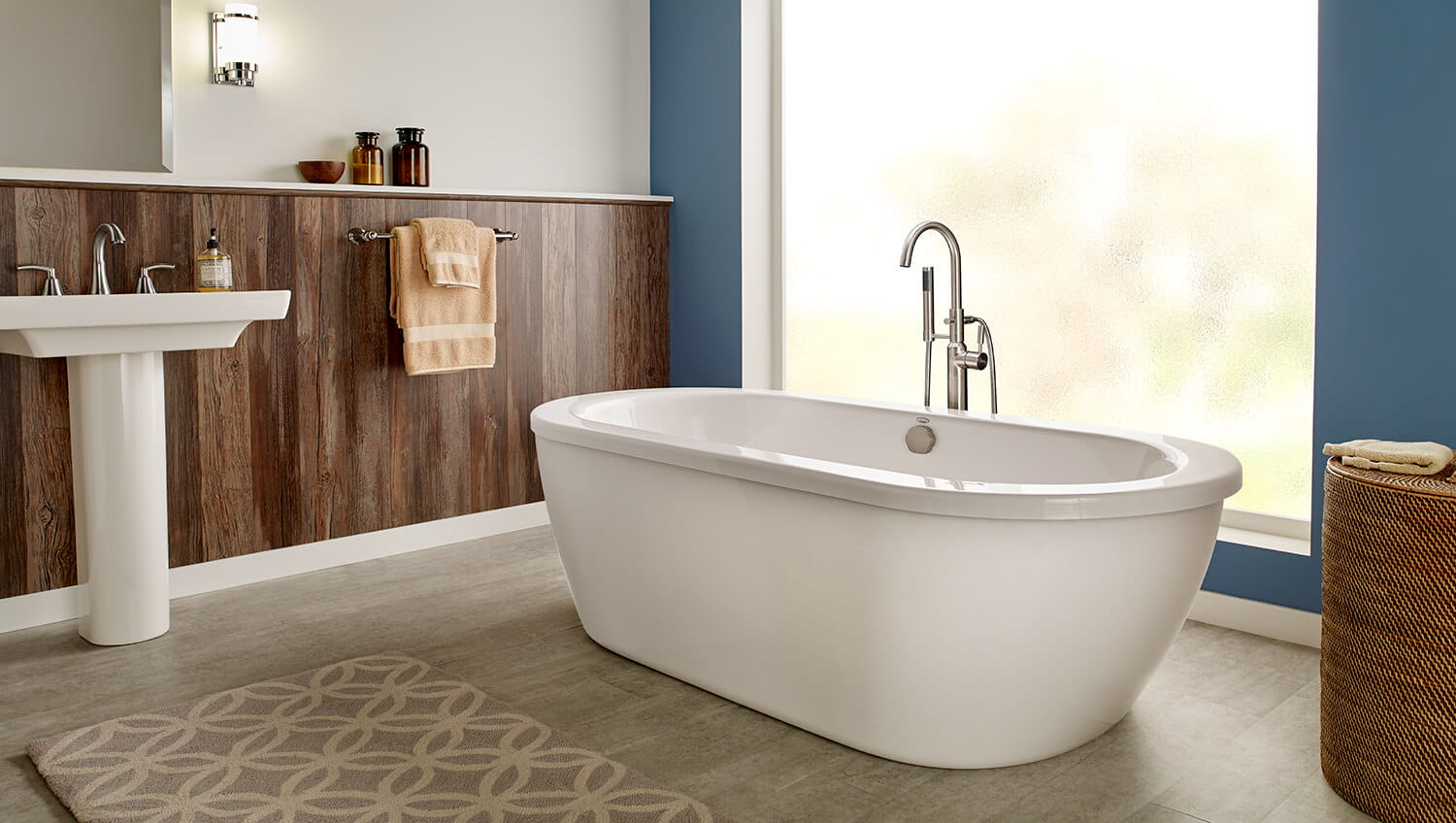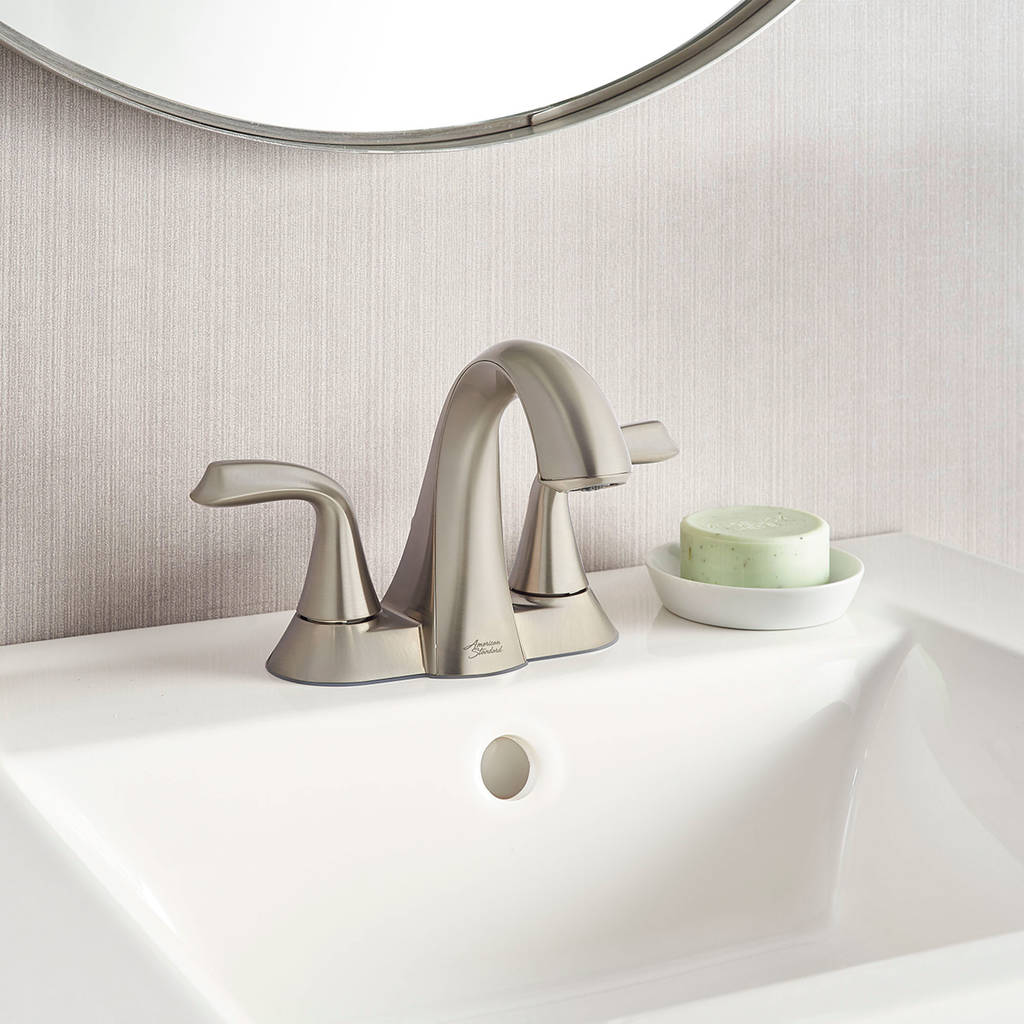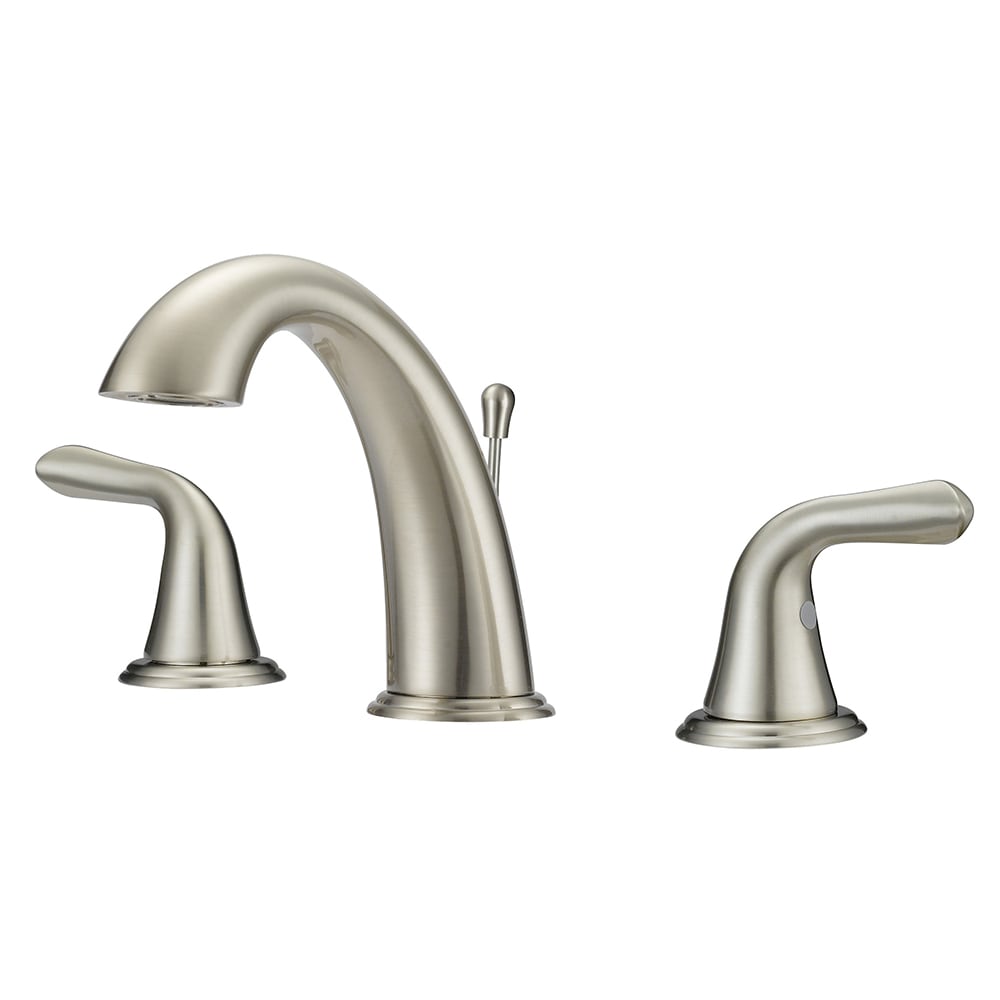Factors to Consider When Choosing a Transitional Bathroom Faucet
There are several factors to consider when it comes to choosing a transitional bathroom faucet, let’s discuss it below:
- Design and Style Options: When choosing a transitional bathroom faucet, one of the most important factors to consider is the design and style options available. Transitional faucets typically blend elements of both traditional and modern designs, so it’s essential to find a faucet that complements your bathroom decor. Look for faucets with clean lines, simple shapes, and finishes that match or complement other fixtures in your bathroom.
- Quality and Durability: Another crucial factor to consider is the quality and durability of the faucet. A transitional bathroom faucet should be made from high-quality materials like solid brass or stainless steel to ensure long-lasting performance. Look for faucets that come with a warranty to guarantee their durability and reliability.
- Water Efficiency: In today’s environmentally conscious world, water efficiency is an important consideration when choosing any fixture. Look for transitional bathroom faucets that are labeled as WaterSense certified. These faucets are designed to reduce water consumption without compromising performance, helping you save water and lower your utility bills.
- Installation Requirements: Before making a final decision, consider the installation requirements of the transitional bathroom faucet. Some faucets may require additional drilling or modifications to your existing plumbing setup, while others may be easier to install. If you’re not confident in your DIY skills, it’s best to consult a professional plumber to ensure proper installation.
- Budget: Finally, consider your budget when choosing a transitional bathroom faucet. While it’s important to invest in a high-quality faucet, there are options available at various price points. Set a budget for your faucet purchase and look for options that offer the best balance between quality and affordability.
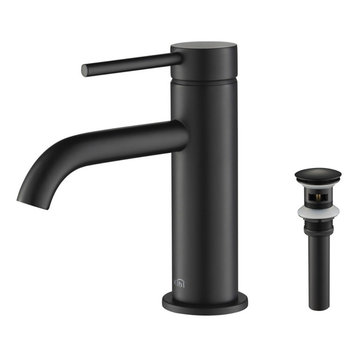
Top Picks for Transitional Bathroom Faucets
Delta Faucet Cassidy Single-Handle Bathroom Faucet: This transitional bathroom faucet from Delta Faucet combines traditional charm with modern functionality. It features a single-handle design for easy temperature and flow control and comes in a variety of finishes to match any bathroom decor. The faucet’s smooth lines and elegant curves make it a versatile choice for both contemporary and traditional bathrooms.
Moen Eva Two-Handle Centerset Bathroom Faucet: The Moen Eva faucet offers a perfect blend of style and functionality. Its two-handle design allows for precise control over water temperature and flow, while the transitional design adds a touch of elegance to any bathroom. The faucet is available in different finishes, including chrome and brushed nickel, ensuring compatibility with any decor.
Kohler Devonshire Widespread Bathroom Faucet: The Kohler Devonshire faucet is known for its classic design and exceptional performance. With its widespread installation and two-handle operation, this faucet offers a timeless look that fits well in transitional bathroom styles. The faucet is available in a range of finishes, including vibrant brushed bronze and polished chrome.
Pfister Brea Centerset Bathroom Faucet: The Pfister Brea faucet combines sleek lines with an ergonomic design for optimal functionality. Its single-handle operation allows for easy temperature and flow control, while the transitional design adds a touch of sophistication to any bathroom. The faucet is available in various finishes, including brushed nickel and polished chrome.
American Standard Chatfield Single-Hole Bathroom Faucet: The American Standard Chatfield faucet offers a simple and elegant design that suits transitional bathroom styles. Its single-hole installation and single-handle operation make it easy to use and install. The faucet comes in different finishes, including brushed nickel and polished chrome, ensuring a seamless match with your bathroom decor.
The Benefits of Transitional Bathroom Faucets
Versatile Design: One of the key benefits of transitional bathroom faucets is their versatile design. These faucets blend elements of both traditional and modern styles, allowing them to work well in a variety of bathroom decor themes. Whether you have a contemporary bathroom or a more traditional one, a transitional faucet can add a touch of elegance and sophistication.
Timeless Appeal: Transitional faucets have a timeless appeal that can withstand changing design trends. While purely traditional or modern faucets may go out of style over time, transitional faucets offer a balance that remains relevant and appealing. This makes them a long-term investment for your bathroom.
Enhanced Functionality: Transitional bathroom faucets often come with advanced features and technology, offering enhanced functionality. Many models include features like water-saving aerators, temperature memory settings, and touchless operation. These features not only make your daily routine more convenient but also promote water efficiency and conservation.
Easy Integration: Transitional faucets are designed to seamlessly integrate into existing bathroom fixtures and decor. Whether you’re updating your bathroom or starting from scratch, transitional faucets can easily complement other elements like sinks, vanities, and showerheads. This makes them a versatile choice for any bathroom remodeling project.
Increased Property Value: Investing in transitional bathroom faucets can increase the value of your property. These faucets are seen as a desirable feature by potential buyers, as they offer a stylish and functional upgrade to the bathroom. If you’re planning to sell your home in the future, having transitional faucets can be an attractive selling point.
How to Install a Transitional Bathroom Faucet
Gather the Necessary Tools: Before starting the installation process, gather all the necessary tools and materials. This may include an adjustable wrench, plumber’s tape, a screwdriver, and a bucket to catch any water during the installation.
Shut Off the Water Supply: Before removing the old faucet, shut off the water supply to the bathroom. Locate the shut-off valves underneath the sink and turn them clockwise until the water stops flowing.
Remove the Old Faucet: Disconnect the supply lines and any other connections attaching the old faucet to the sink. Use a wrench or screwdriver to remove any nuts or bolts securing the faucet in place. Once all connections are loosened, lift the old faucet out of the sink.
Prepare the Sink: Clean the sink surface thoroughly and remove any old caulk or debris. If the new faucet requires additional holes, mark their positions and drill them carefully according to the manufacturer’s instructions.
Install the New Faucet: Place the new transitional faucet into the mounting holes of the sink. From underneath the sink, secure the faucet using the provided mounting hardware. Make sure all connections are tight but avoid over-tightening, as it may damage the faucet or the sink.
Connect the Supply Lines: Attach the supply lines to the corresponding hot and cold water connections of the faucet. Use the plumber’s tape to ensure a tight and leak-free seal. Turn the shut-off valves back on and check for any leaks. If there are no leaks, turn the faucet on and check for proper water flow and temperature control.
Maintenance Tips
Regular Cleaning: To keep your transitional bathroom faucet looking its best, clean it regularly using a mild soap and warm water. Avoid using abrasive cleaners or harsh chemicals, as they may damage the faucet’s finish. Gently wipe the faucet with a soft cloth or sponge and rinse thoroughly.
Prevent Mineral Buildup: Mineral buildup can affect the performance and appearance of your faucet over time. To prevent this, wipe the faucet dry after each use to remove any water droplets. If mineral deposits start to accumulate, use a mixture of equal parts vinegar and water to dissolve the buildup. Gently scrub the faucet with a soft brush or cloth and rinse thoroughly.
Check for Leaks: Regularly check your transitional bathroom faucet for any leaks. Inspect the connections and supply lines for signs of water leakage. If you notice any leaks or drips, tighten the connections or replace any damaged parts immediately to prevent further damage.
Avoid Harsh Chemicals: Avoid using harsh chemicals or abrasive cleaning agents on your transitional faucet. These can damage the finish and affect its performance. Instead, opt for mild cleaning solutions and non-abrasive cleaning tools to maintain the faucet’s appearance and functionality.
Follow Manufacturer’s Instructions: Always refer to the manufacturer’s instructions for specific maintenance guidelines for your transitional bathroom faucet. They may have specific recommendations for cleaning and maintenance based on the faucet’s design and materials. Following these instructions will help ensure the longevity and optimal performance of your faucet.
Your Guide to a Transitional-Style Bathroom
Transitional Bathroom Collections
How to choose a Bathroom Faucet
Project Source Dover Brushed Nickel 2-Handle Widespread WaterSense
MOEN 66411 Chrome Two-Handle Bathroom Faucet
Pfister Weller LG49WR0Y Widespread Bath Faucet, Tuscan Bronze Finish
Luxury Bathroom Faucets Kallista
Related Posts:
- How To Repair A Leaky Moen Bathroom Faucet
- Travel Trailer Bathroom Faucet
- Giagni Bathroom Faucet
- Vigo Brushed Nickel 1 Handle Single Hole Watersense Bathroom Faucet
- Double Handle Bathroom Faucet
- Spa Bathroom Faucets
- Delta Arabella Bathroom Faucet
- Pfister Single Handle Bathroom Faucet
- Phylrich Bathroom Faucets
- Monticello Chrome Polished Brass Two Handle Low Arc Bathroom Faucet
